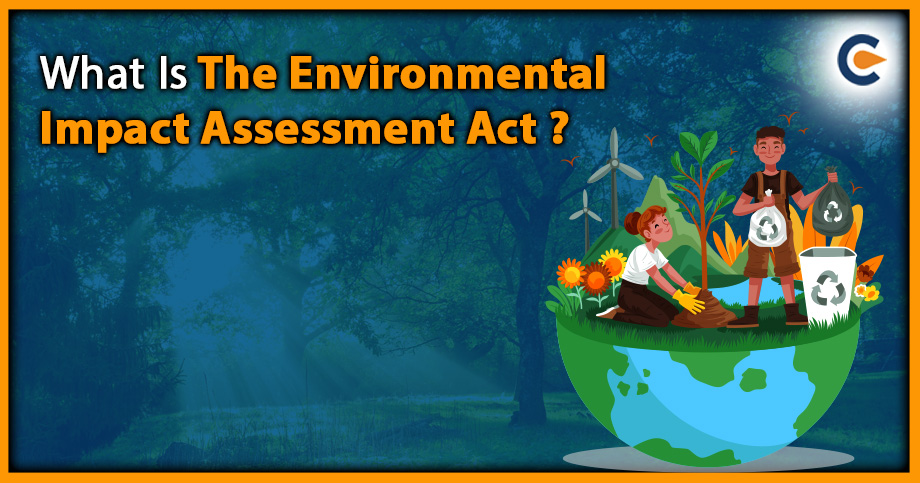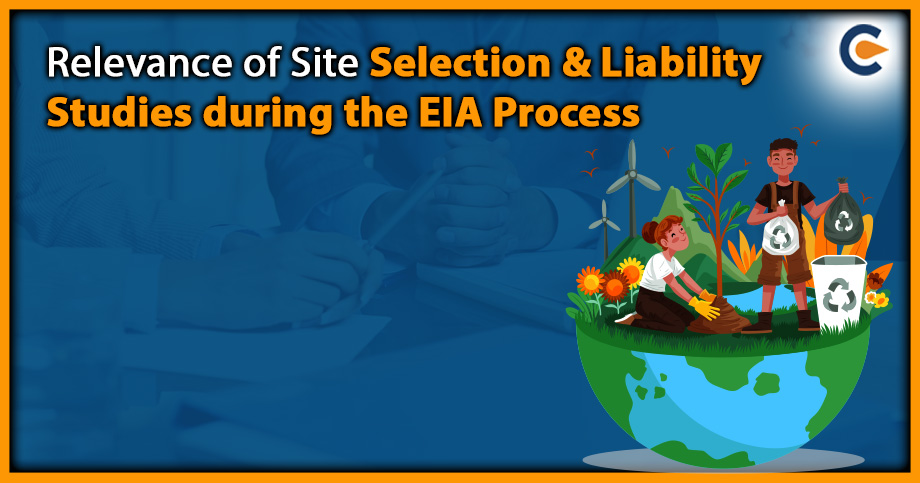Environmental Impact Assessment (EIA) evaluates the potential environmental, social, and economic impacts of a proposed development project or activity. The purpose of EIA also includes the identification of measures to mitigate or avoid any negative impacts from the proposed development activity. The stages of Environmental Impact Assessment involve a series of steps, including scoping, public consultation, preparation of an EIA report, review by an expert committee, and decision-making by the relevant regulatory authority. EIA is an essential tool for promoting sustainable development, protecting the environment, and ensuring that development projects are implemented responsibly. The stages of environmental impact assessment involve screening, scoping, preparing an EIA report, public consultation, decision-making, and post-decision monitoring. In this article, we will understand these stages and the laws applicable to each of these stages.
Stages of Environmental Impact Assessment
The EIA process is designed to ensure that proposed projects are carefully evaluated for their potential environmental, social, and economic impacts and that appropriate measures are taken to mitigate or avoid any negative impacts. The EIA process helps to promote sustainable development and protect the environment while ensuring that development projects are implemented responsibly and transparently. The stages of Environmental Impact Assessment involve Screening, Scoping, Preparation of the EIA Report, Application, and consultation, Decision Making, Post Decision.
The stages of Environmental Impact Assessment are explained as follows:
- Screening: This is the initial stage of EIA, where the proposed project is evaluated to determine whether it requires a full EIA. Screening involves assessing the potential environmental impacts of the project based on factors such as the size, location, and nature of the project.
- Scoping: In this stage, the scope and objectives of the EIA are defined. Scoping involves identifying the project’s potential environmental, social, and economic impacts and selecting the key issues that will be evaluated in the EIA.
- Preparation of EIA Report: This stage involves the preparation of a detailed report that describes the potential impacts of the project, evaluates the significance of these impacts, and recommends measures to mitigate or avoid any negative impacts. The EIA report is typically prepared by environmental experts based on data collected during field investigations, stakeholder consultations, and other sources.
- Making An Application And Consultation: In this stage of environmental impact assessment, the report is submitted to the regulatory authority and the application for project approval. The regulatory authority will then review the EIA report and may seek additional information or clarification. There is also often a public consultation process where stakeholders can provide feedback and comments on the project proposal and the EIA report.
- Decision Making: Based on the EIA report, application, and public consultation process, the regulatory authority will decide whether to approve, reject, or request modifications to the project proposal. The decision may be based on environmental, social, economic, and other factors and compliance with relevant laws and regulations.
- Post Decision: Once a decision has been made, the project can proceed with implementation, subject to any conditions or requirements specified in the approval. The regulatory authority will typically monitor the project to ensure compliance with the approval conditions and any environmental management plans that have been developed.
Regulations Governing Environmental Impact Assessment
Environmental Impact Assessment (EIA) in India is governed by several regulations, laws, and guidelines as follows:
- Environmental Impact Assessment Notification, 2006: This is India’s primary legal framework for EIA. The notification lays down the procedures and guidelines for conducting EIA studies and obtaining environmental clearance for projects that are likely to have significant environmental impacts. The provision of this notification has been amended time and again to provide for changing requirements for industries and projects today and compliance to any updated regulations w.r.t impact assessment before starting the process.
- The Water (Prevention and Control of Pollution) Act, of 1974 provides for the prevention and control of water pollution. It requires industries and other establishments to obtain consent to establish and operate from the concerned State Pollution Control Board.
- The Air (Prevention and Control of Pollution) Act, 1981, provides for the prevention and control of air pollution and requires industries and other establishments to obtain consent to operate from the State Pollution Control Board.
- The Forest (Conservation) Act, 1980: This act provides for the conservation of forests and prohibits the diversion of forest land for non-forestry purposes without the prior approval of the Central Government.
- The National Green Tribunal Act, 2010[1]: This act establishes the National Green Tribunal (NGT), which is responsible for hearing and disposing of environmental protection and conservation cases.
- The Coastal Regulation Zone Notification, 2011: This notification regulates development activities in the Coastal Regulation Zone and requires projects in these areas to obtain clearance from the Ministry of Environment, Forest and Climate Change.
Conclusion
Once a development project is given environment clearance after the approval of the EIA/EMP by the MoEF/ SEIAA, the project must be able to function as per the conditions stipulated, which have to be strictly monitored and implemented. The EIA process aims to ensure that development projects are implemented sustainably and responsibly, considering potential impacts and identifying measures to mitigate or avoid any negative effects. It is always recommended to consult with experts or professionals in this field while conducting Environment Impact Assessment to get a hassle-free experience.
Also Read:
Stages In An Environmental Impact Assessment In India











